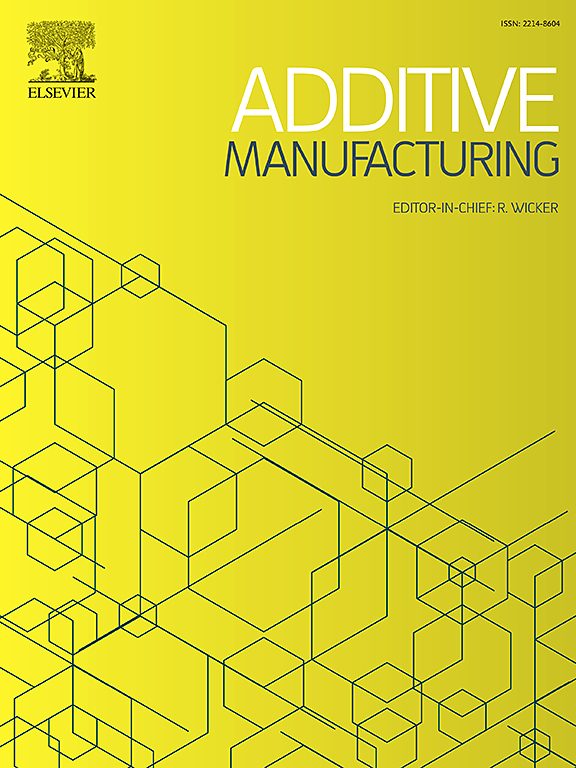Enhancing laser cladding stability: Defects and schlieren-based analytics during L-DED
IF 10.3
1区 工程技术
Q1 ENGINEERING, MANUFACTURING
引用次数: 0
Abstract
A schlieren system, adapted for Laser Directed Energy Deposition, was used to monitor and analyze the process zone under various conditions, including deliberate contamination and parameter limits. This approach enabled the identification and correlation of process-induced defects with schlieren phenomena. Events and zones were characterized and qualitative categorized to validate schlieren monitoring as a diagnostic tool. Notably, a highly active and spatially confined schlieren formation was consistently observed above the melt pool. Using a tailored schlieren optical setup and simulations, schlieren patterns were linked to refractive index changes in process gases, enabling quantitative analysis. The refractive index within the hot gas dome over the molten pool was observed to range from 1.00000712 to 1.00875126, with fluctuation speeds reaching up to 210 m/s. As a result, a model was developed to describe the impact of refractive index dynamics on the performance of coaxial monitoring systems in laser processes. A case study using an exemplary imaging monitoring system demonstrated that schlieren phenomena can cause wavelength-dependent lateral geometric shifts of up to 228 µm, significantly affecting the accuracy of object-based monitoring outcomes. The findings offer critical insights into the complex interplay between refractive index variations and monitoring results, paving the way for refined monitoring strategies that enhance reliability and precision in laser cladding applications.
求助全文
约1分钟内获得全文
求助全文
来源期刊

Additive manufacturing
Materials Science-General Materials Science
CiteScore
19.80
自引率
12.70%
发文量
648
审稿时长
35 days
期刊介绍:
Additive Manufacturing stands as a peer-reviewed journal dedicated to delivering high-quality research papers and reviews in the field of additive manufacturing, serving both academia and industry leaders. The journal's objective is to recognize the innovative essence of additive manufacturing and its diverse applications, providing a comprehensive overview of current developments and future prospects.
The transformative potential of additive manufacturing technologies in product design and manufacturing is poised to disrupt traditional approaches. In response to this paradigm shift, a distinctive and comprehensive publication outlet was essential. Additive Manufacturing fulfills this need, offering a platform for engineers, materials scientists, and practitioners across academia and various industries to document and share innovations in these evolving technologies.
 求助内容:
求助内容: 应助结果提醒方式:
应助结果提醒方式:


